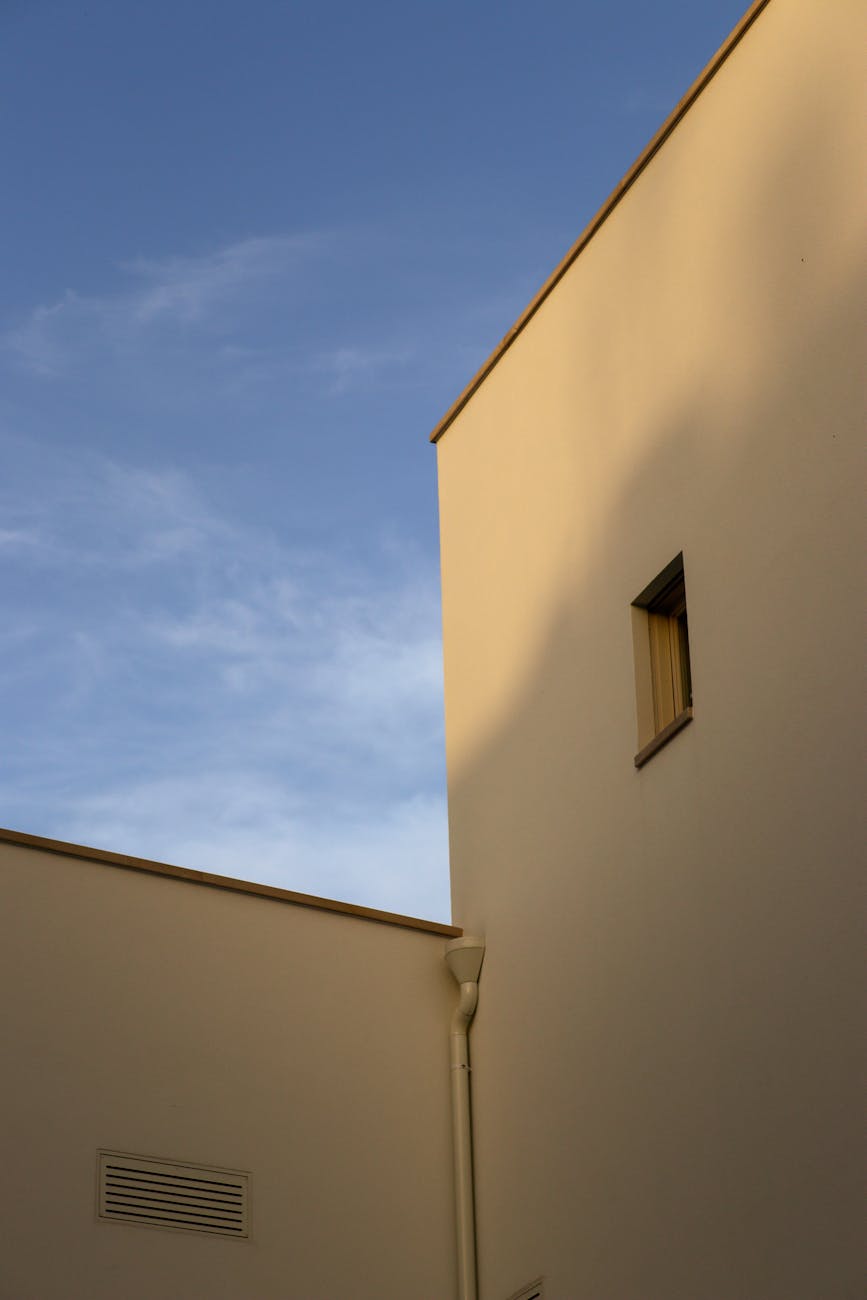Introduction
Explore the five essential elements – Competency, Communication, Carbon reduction, Comfort, and Cost-effectiveness – crucial for successful domestic retrofit projects. Learn how these factors contribute to sustainable, comfortable homes while reducing carbon emissions and enhancing overall quality of life.
1. Competency: A successful domestic retrofit requires a team with the right expertise. From understanding technical risks to managing interactions between different improvements, competency is key. PAS2035 provides guidance, ensuring contractors meet specific requirements outlined in PAS2030. Robust condition surveys and proper qualifications ensure that retrofit projects are executed with precision and efficiency.
2. Communication: Involving occupants from the outset is essential. Clear communication ensures that occupants understand the objectives of the retrofit and are kept informed throughout the process. Regular updates during construction, thorough handovers, and continuous monitoring post-project completion are crucial. Effective communication among stakeholders and on-site trades ensures proper sequencing and quality control.
3. Carbon: Addressing carbon emissions in the residential sector is vital for achieving net-zero goals. With domestic buildings accounting for a significant portion of the UK’s carbon footprint, reducing heat demand is essential. A 37% reduction in heat demand is necessary for London alone to meet net-zero targets, emphasizing the importance of carbon reduction in retrofit projects.
4. Comfort: Improving comfort goes beyond physical changes; it’s about enhancing overall living conditions. Dampness, poor air quality, excessive noise, and temperature extremes can impact mental and physical health. Retrofit projects should address external sources of noise and poor air quality, inform ventilation strategies, and consider thermal bridging and air tightness to ensure holistic comfort improvements.
5. Cost: Cost considerations play a significant role in retrofit projects. Costs can vary based on property size, the extent of improvements, location, and materials used. While a comprehensive retrofit can range from £10,000 to £30,000 or more, it’s crucial to evaluate potential energy savings and long-term benefits. Seeking quotes from reputable contractors and exploring government incentives can help offset costs and make retrofitting more financially feasible.
Summary
By adhering to the five C’s – Competency, Communication, Carbon reduction, Comfort, and Cost-effectiveness – domestic retrofit projects can achieve success, providing sustainable, comfortable homes for occupants while reducing carbon emissions and enhancing overall quality of life.




